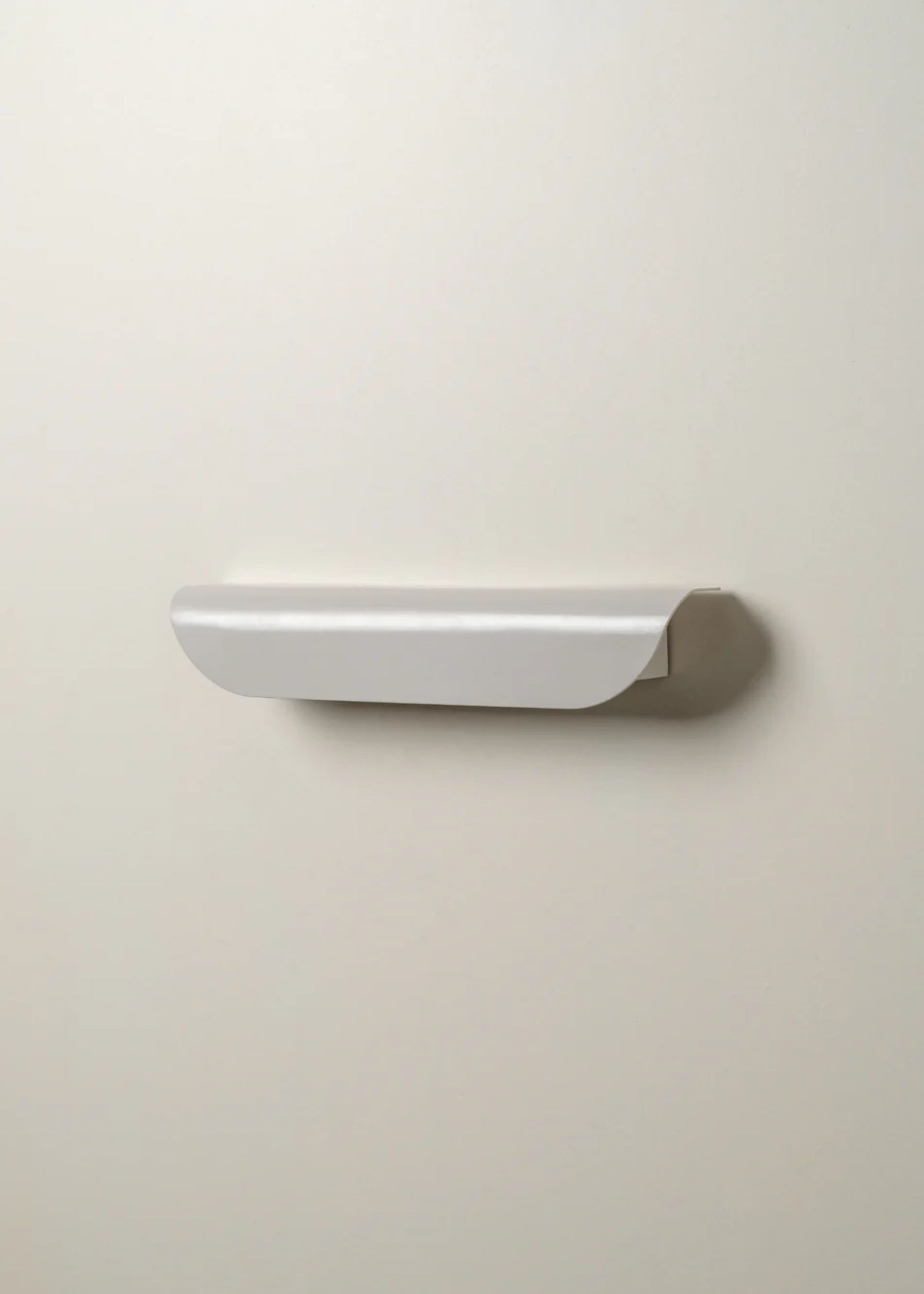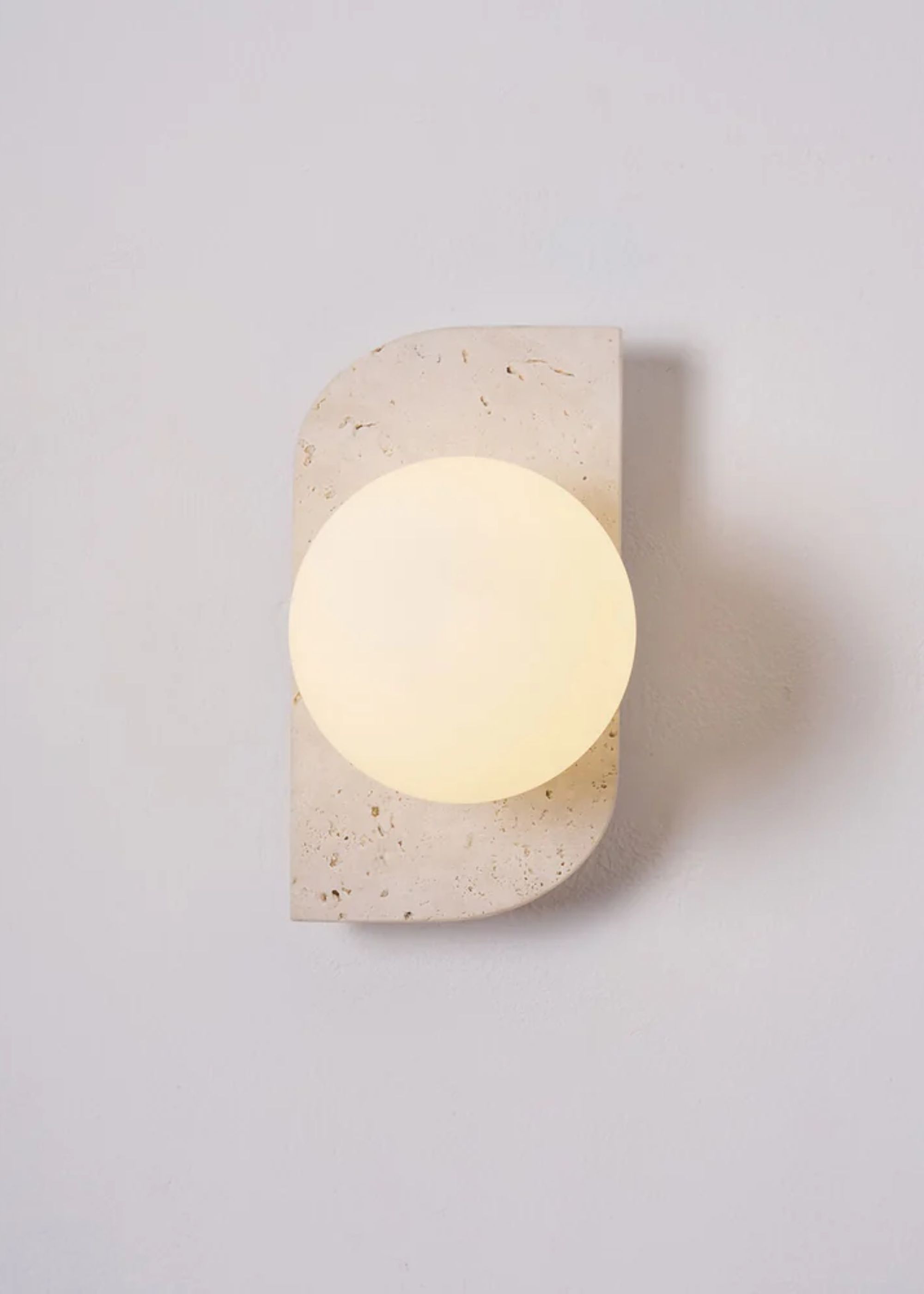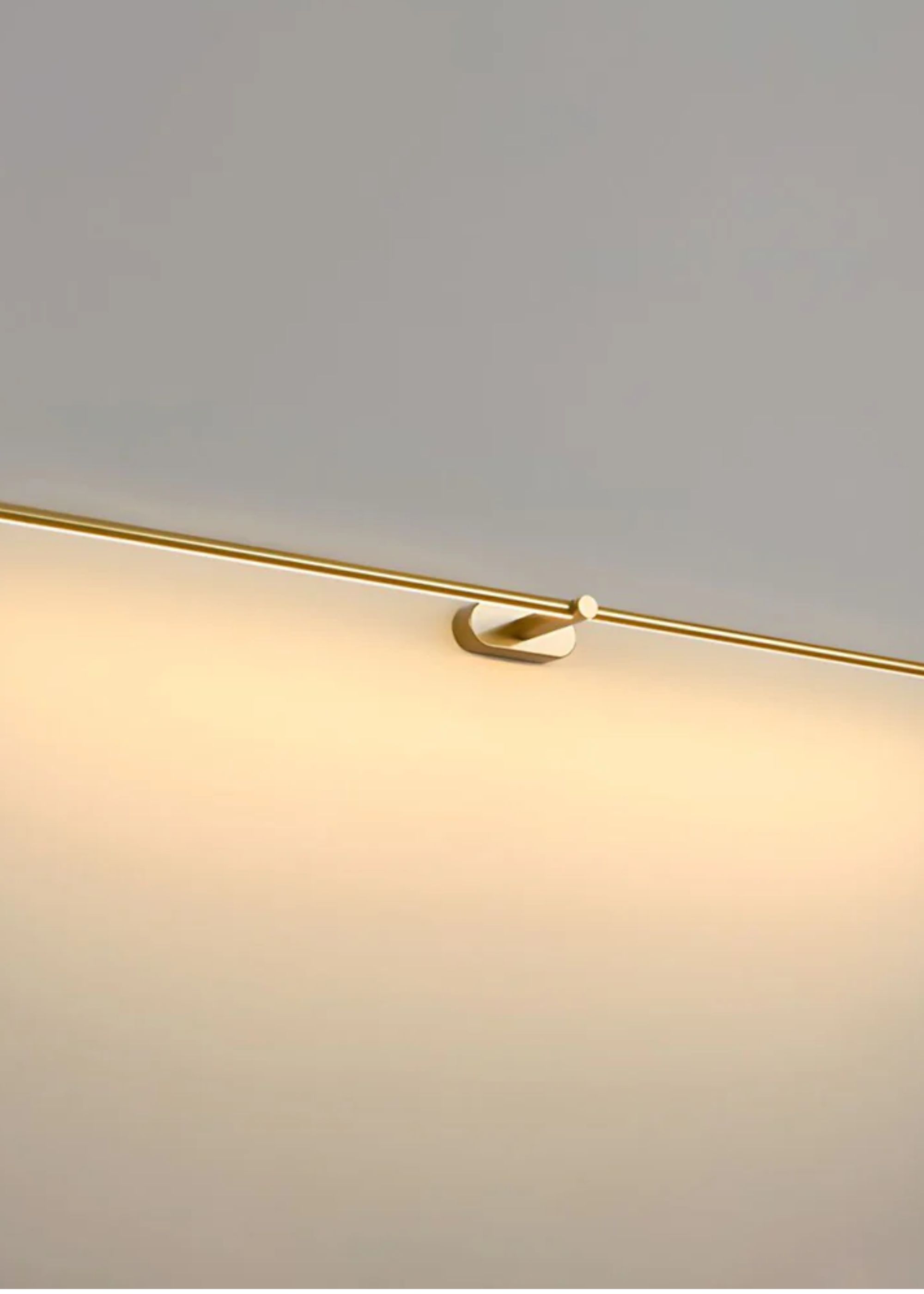'Wall Washing' Is the Lighting Trick That's Dynamic and Dramatic, but It Can Also Show Up Your Home's Imperfections — Here's How to Get It Right
Experts reveal how this little-known lighting technique can make a big difference to the vibe in your home...
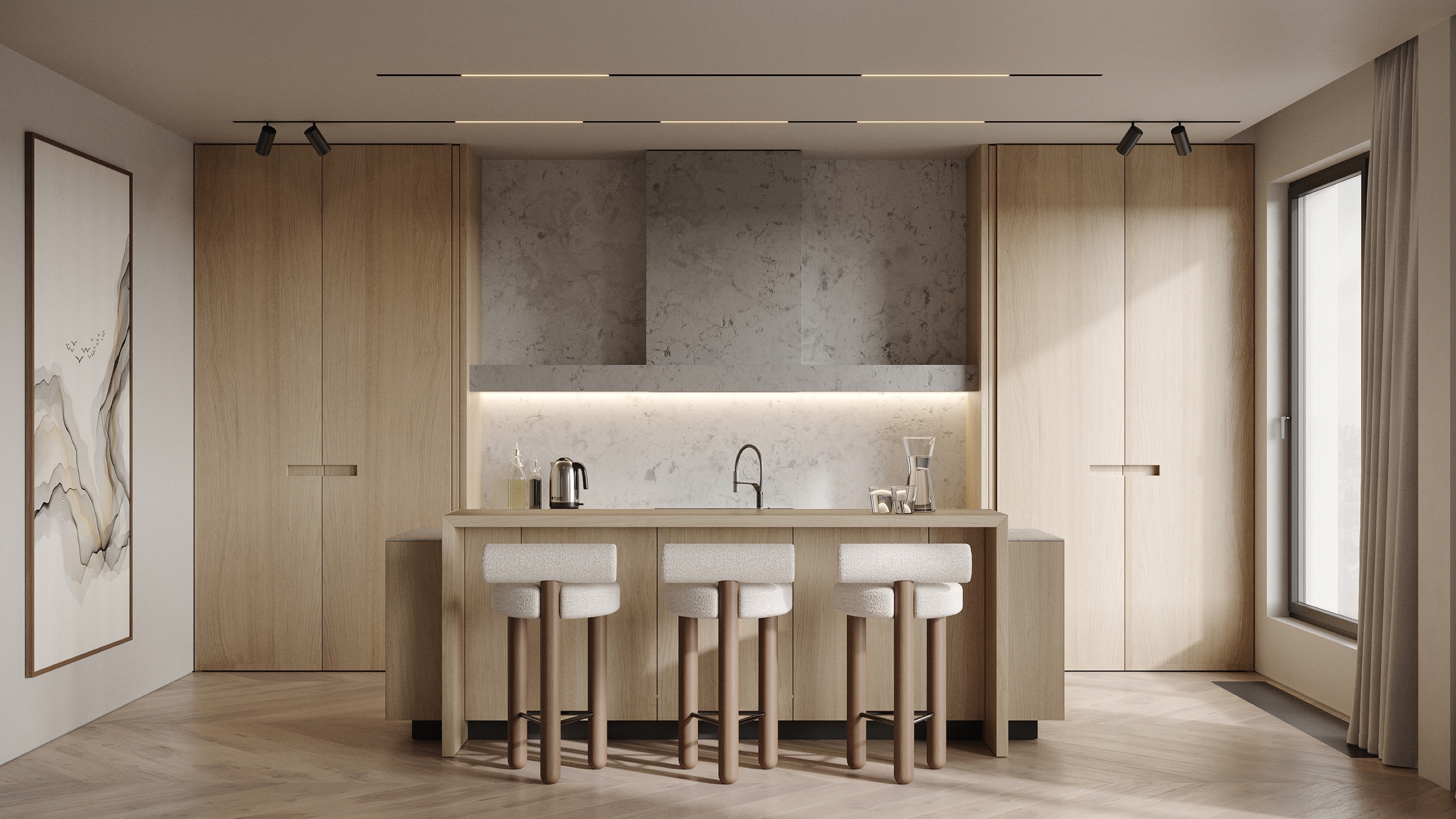
It may sound like a new-fangled way to clean your walls, but wall washing is actually a lighting trick that's illuminating modern homes.
When researching how to plan your home lighting scheme, wall washing is a clever technique that can be considered for making a room feel airier or creating an even backdrop to make artwork or architectural features pop.
To understand the technique and find out why it could be a desirable feature in your home, we asked lighting experts and designers to give us the lowdown on all things wall washing below.
What You Need to Know About Wall Washing
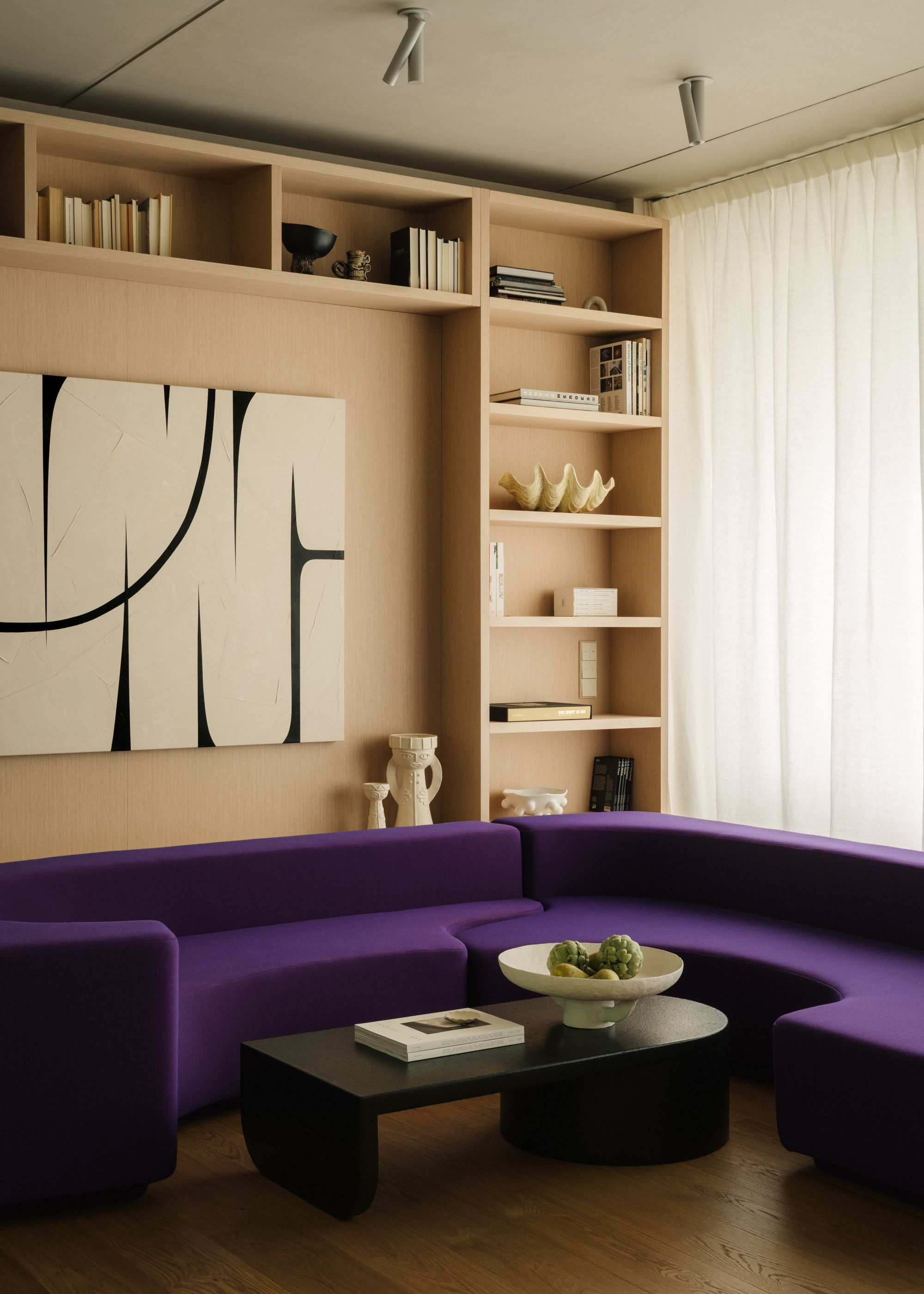
Wall wash lighting is used to allow the artwork and oak joinery to sing in this chic living room.
"Wall washing is a clever lighting technique that casts a soft, even glow across an entire wall, almost like painting it with light," explains Cherie Lee, of Cherie Lee Interiors.
It involves placing either recessed ceiling lights or tracked sconces around 2.5 feet from the wall to create a uniform wash of light. A wider beam angle is often used in dedicated wall-wash recessed light luminaires to create less shadow and a more even distribution, while tracked sconces or downlights should be angled towards the wall to cast light across a broader surface.
"It’s brilliant for creating a sense of openness and calm. Evenly lit walls make a room feel bigger, brighter, and less cluttered," says Cherie. "It’s also a subtle way to draw attention to a beautiful, smooth surface, architectural detail, or an art collection without the light itself becoming the feature."
The point of wall washing is to reduce shadows and illuminate the wall with a smooth, even glow of light.
The Livingetc newsletters are your inside source for what’s shaping interiors now - and what’s next. Discover trend forecasts, smart style ideas, and curated shopping inspiration that brings design to life. Subscribe today and stay ahead of the curve.
"Wall washing is exactly as it sounds — you’re 'washing' a wall with light, to create an even glow from top to bottom," Jo Plant, chief creative office at Pooky, elaborates. "The effect is beautifully soft and flattering, helping to make a room feel larger and airier, hiding little imperfections, and giving a sense of calm order. Sometimes it’s about showing off an architectural feature, but often it’s simply about creating a wonderfully even, elegant backdrop.”
In the sleek apartment above, wall-wash lighting was used to highlight joinery and artwork in the living room.
"This is a great example of wall washing," says Agi Kuczyńska, of Takk Studio, who designed the space. "We used directional downlights to softly graze the oak joinery, bringing out the texture of the shelving and artwork without overpowering the room. Because all of the fixtures are dimmable, the light can shift from functional brightness to a more intimate, dramatic atmosphere, allowing the space to feel sculptural and adaptable throughout the day.
The technique was also used in the hallway (seen below) to create a feeling of space, reduce shadows, and ensure a soft allure.
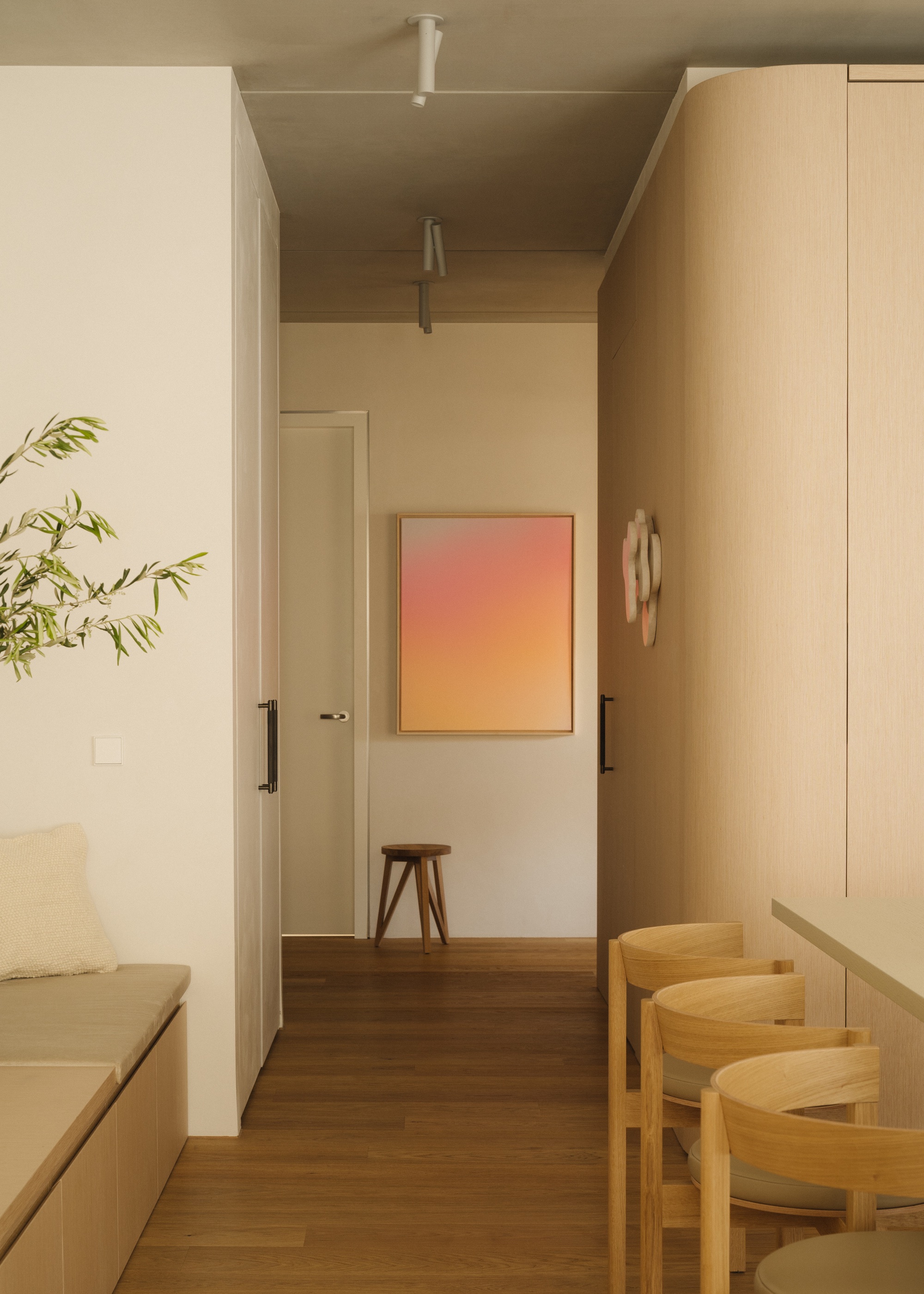
Directional downlights in a narrow corridor will offer a soft wash of light that brightens but is at the same time inviting.

Cherie Lee leads an established interior design studio based in Hertfordshire. Her team’s ethos is “liveable luxury” elegant spaces that balance comfort and style while respecting historic fabric. .
How to Get Wall Washing Right In the Home
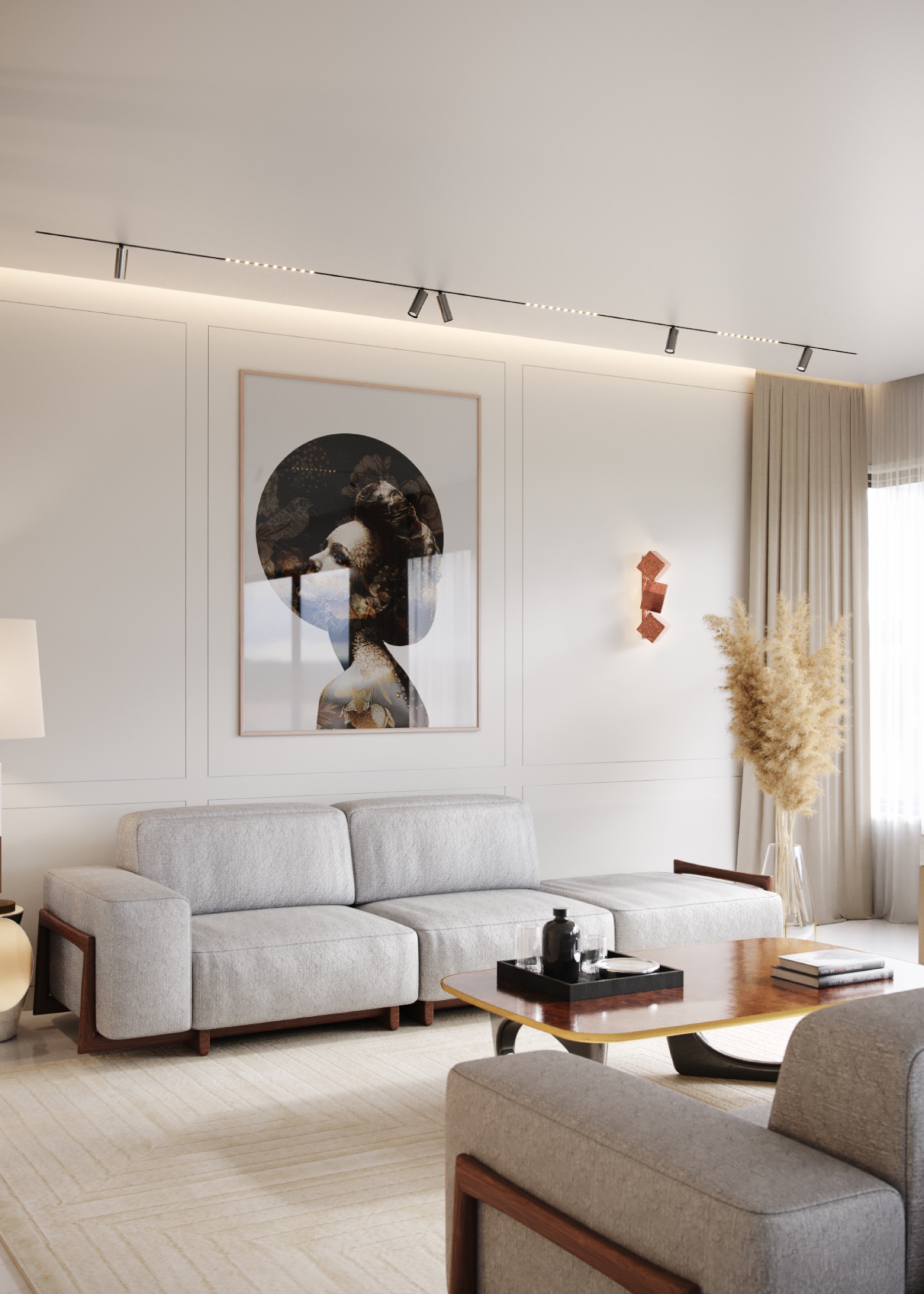
The angled ceiling sconces and linear recessed lights set away from the wall creates a soft wash of light that allows the artwork to sing in this contemporary living room.
There are a number of times when wall washing will be the perfect lighting solution for your home, perhaps to show off a specific feature or merely offer an ambient, softer way of lighting a space than central spotlights.
Juliette Byrne, of Juliette Byrne Interiors, utilizes wall washing in bathroom lighting schemes, hallways, and living rooms. "We use wall washing often in bathrooms to highlight wall coverings like marble or ceramic tile," she says. "It's a subtle way to create ambience and can be achieved by creating a coffer in the back wall of the shower enclosure and adding a recessed LED strip or small waterproof downlights with a wide beam, which wash the wall with a smooth, soft effect."
She continues: "If you have a large wall hanging or artwork and you want to illuminate it in a wash of light, you can use a pair of recessed downlights with a wide beam, which will give you a good spread of light across the wall as opposed to spotlighting."
Another option is to use LED strip lighting around the top of the wall to highlight a feature with a wash of light, whether it's beautiful marble or printed wallpaper.
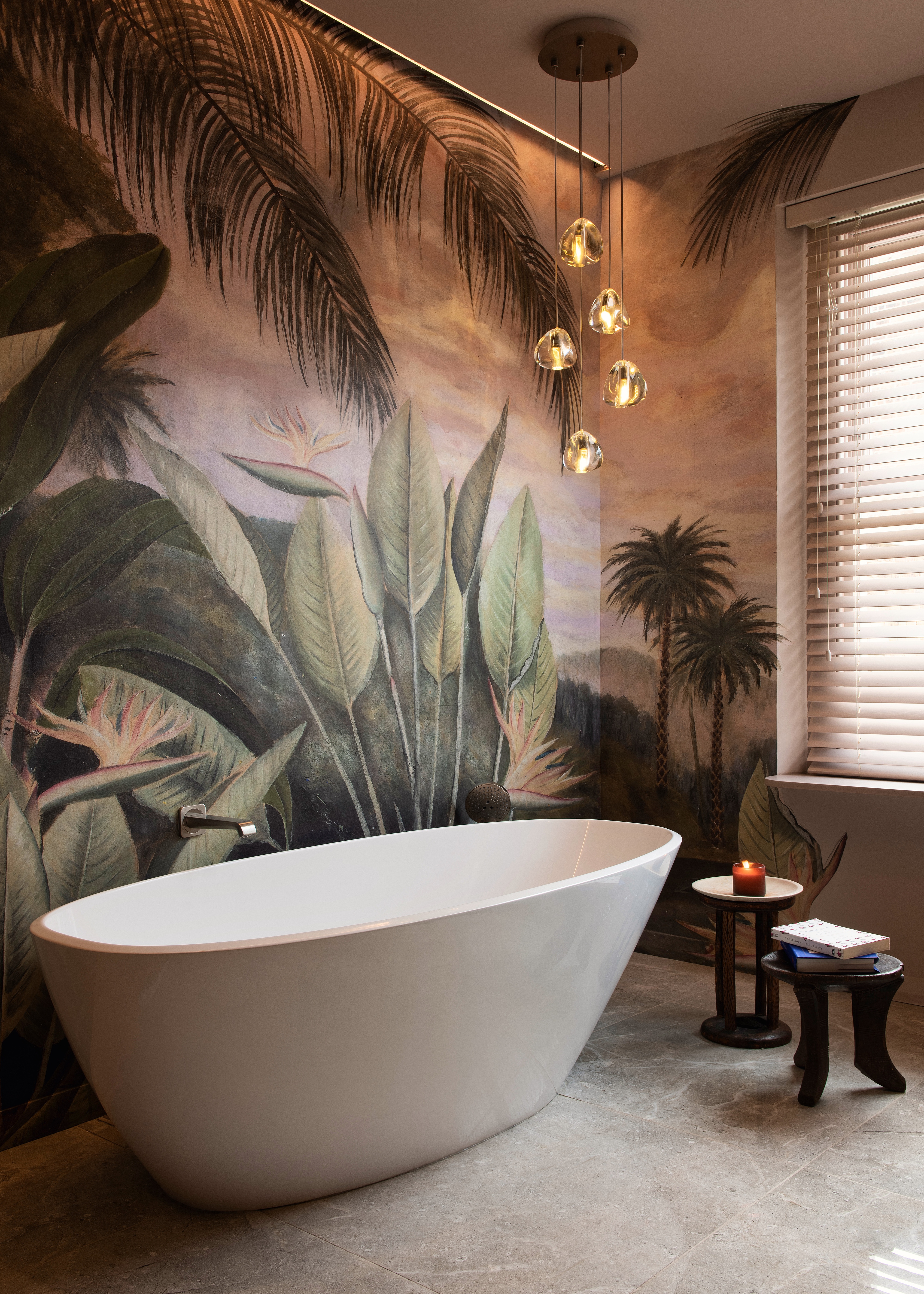
The statement wallpaper in this chic bathroom is highlighted by a soft wash of light from LED ceiling strips.
Getting the effect right depends on a number of factors, including light positioning, wall surfaces, and light angle beams.
The trick is in the position of lighting, says Jo Plant. She explains: "If you're using sconces, place them a little way out from the wall and aiming them back towards it so the beam spreads smoothly across the surface.
"The result is a gentle veil of light rather than harsh hotspots or shadows. It’s a brilliant technique if you want to make a narrow hallway feel wider, bring some subtle drama to a living room wall, or simply create a sense of atmosphere without relying on central overhead lighting."
What you’re aiming for, Jo adds, is consistency: an even sweep of light with no glaring patches.
Jo continues: "Lighter, matte walls tend to give the best effect because they reflect light beautifully but not harshly as higher sheen surfaces can do."
Placement is also of paramount importance. "Too close and you’ll get strong shadows that accentuate texture, too far and you risk losing impact," says Jo. "As a rule of thumb, set fittings around a third of the wall’s height away from the wall itself for a balanced wash."
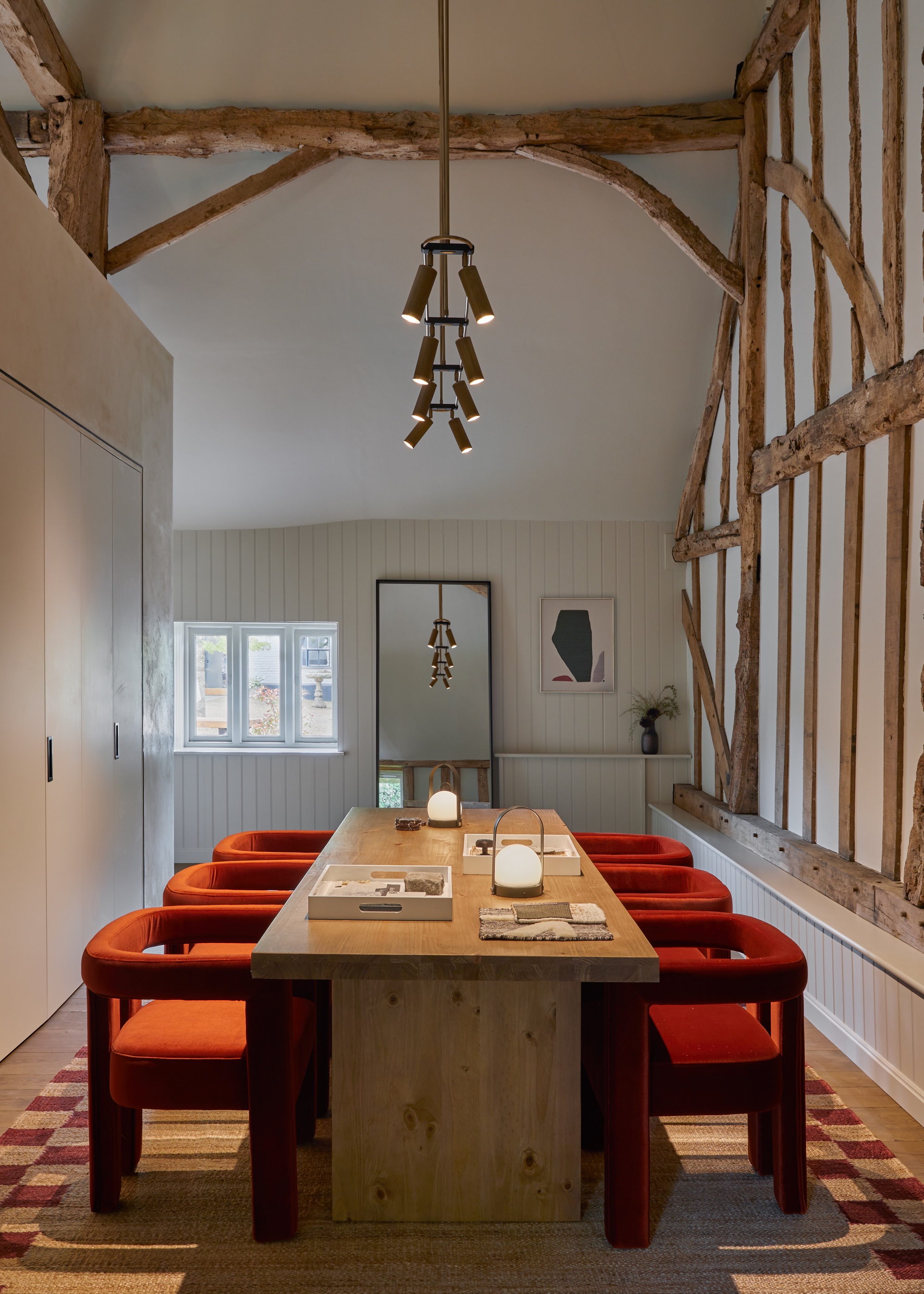
This stylish home office uses tracked angled sconces to wash even light over the wall and create a relaxing atmosphere.
Cherie Lee agrees that placement and wall type are two main factors in nailing wall wash lighting.
"The key is to place lights a little distance from the wall and angle them correctly, so the beam spreads evenly rather than creating streaks or harsh shadows," she says. "Recessed downlights or linear LEDs work beautifully for this. Think of it as creating a soft ‘curtain’ of light rather than a spotlight effect."
Matte, smooth, or lightly textured walls work best, she concurs, explaining: "Wall washing is gorgeous on matte or lightly textured walls, as it softens the space and shows off color beautifully. It can work on darker walls too; in fact, it can add incredible drama, but you’ll need slightly more output to achieve the same effect.
"We often pair it with large-scale artwork, because it draws the eye to the display rather than the surface imperfections."
Wall wash lighting was used in Cherie's home office (seen above), where angled tracked downlights create a soft, ambient wash of light that works to illuminate the stationery cupboard on the left while also creating a calming atmosphere to work in.

An award-winning Chelsea-based designer, Juliette Byrne established her studio in 1988 and is celebrated for interiors that fuse classic proportion with contemporary detail across prime London and international projects. A graduate of The Chelsea School of Art with early training at Conran, Juliette has been repeatedly recognized among the UK’s leading designers, delivering refined, tailored schemes for private clients and developers alike.
What to Avoid Doing When It Comes to Wall Washing
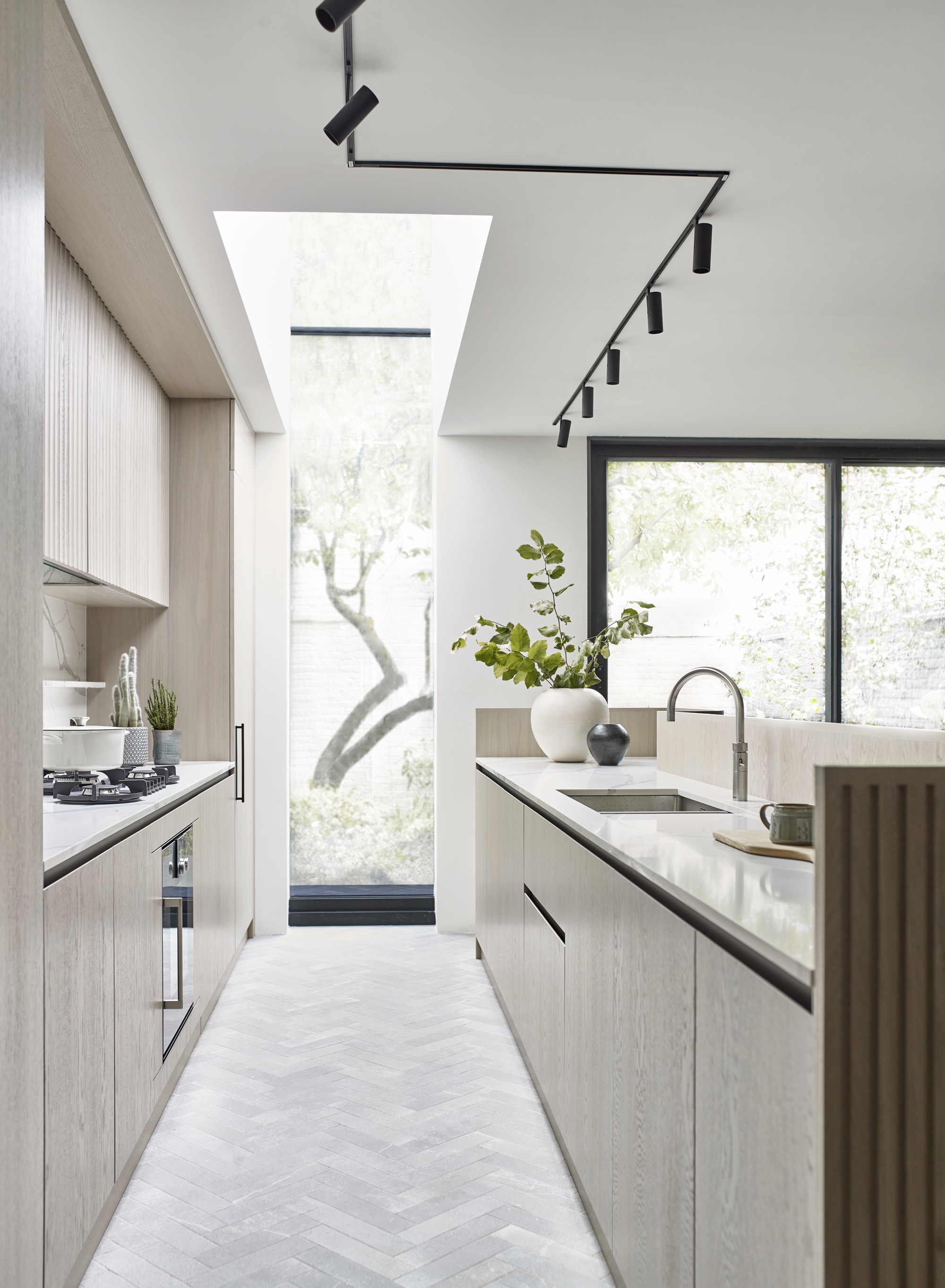
If using tracked downlights or recessed ceiling lights, always make sure they're set at least 2ft from the wall to create an even 'wash'.
If you're looking to create a soft wash, it's important to make sure your recessed lights or track downlights aren't too close to the wall you want to 'wash'.
"The biggest mistake is putting the lights too close to the surface - that’s when you end up highlighting every little bump or brushstroke, which is the opposite of the smooth wash you’re after," explains Jo Plant.
"Equally, very shiny or glossy finishes can bounce the light straight back at you, causing glare. Stick to matte or low-sheen if you can." She adds, "And remember: wall washing is about subtlety. We don’t want lighting that is screaming for attention, but rather a glow that quietly makes the room feel more beautiful."
Lighting expert Scott Richler, founder of Gabriel Scott, recommends positioning fixtures far enough away from the wall to avoid more of a 'wall grazing' effect or unwanted hotspots, generally around 30cm or more from the surface (as seen above), and using a wide beam or diffused optic for a true ‘wash’ effect.
He explains further: "Matte or softly textured walls work beautifully, as they reflect the light evenly, but we’ve also seen stunning results on darker, richly colored walls where the glow adds depth and drama.
"The pitfalls to avoid? Mounting fixtures too close to the wall, which emphasizes every bump or brushstroke, or using overly bright sources that create glare."

Gabriel Scott is a contemporary lighting and furniture studio founded in 2012 by designer Scott Richler, whose background spans architecture, jewelry, fashion, and bespoke furniture. Now led by Richler as founder & CEO and operating internationally (including a New York flagship), the brand is known for sculptural, modular collections crafted with couture-level detailing and materials.
What Is the Point Of Wall Washing?
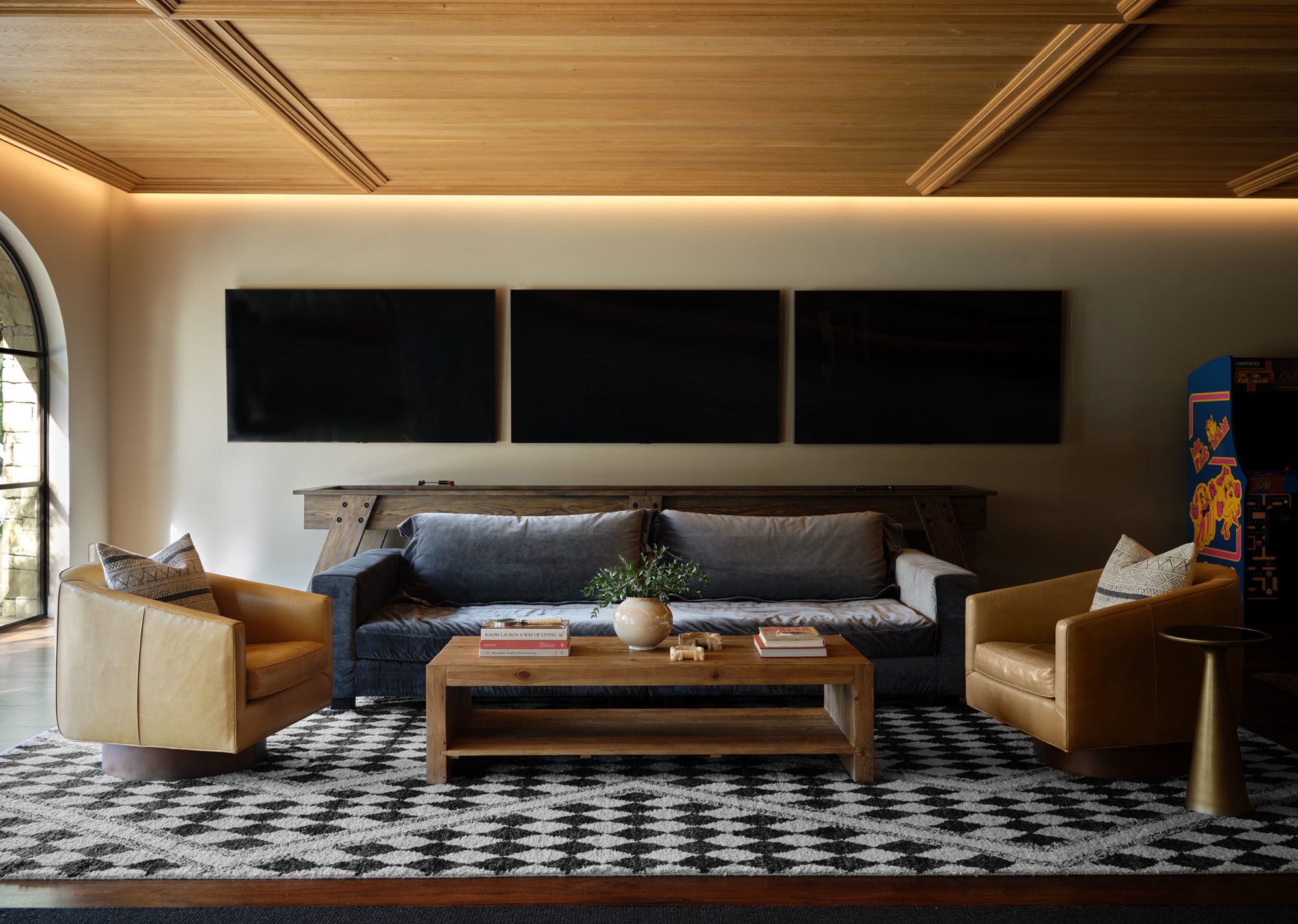
LED strips along the ceiling shadow gap can also create a cozy wall wash effect and inviting ambiance.
"We see wall washing as one of the most transformative tools in a designer’s kit," says Scott Richler. "By casting an even, diffused glow across a vertical surface, it turns an ordinary wall into a softly illuminated backdrop that can make a room feel taller, wider, and calmer."
The technique is particularly powerful for spaces where you want the wall to recede and allow the art, furniture, or architectural lines to take center stage.
Scott adds: "It’s perfect for highlighting a large canvas, a curated gallery wall, or even a striking architectural detail, while at the same time reducing distracting shadows and evening out the surface’s appearance. When used thoughtfully, wall washing helps create an almost gallery-like atmosphere, ideal for homes that celebrate design and collectible pieces."
Light Up You Space
Wall washing can be an effective part of your home lighting scheme and is a softer way to brighten a room than central spotlighting.
"The main driver is that illuminating or washing surfaces is a far more effective, comfortable, and aesthetically pleasing way of lighting a room," explains Irene Gunter, founder of Gunter & Co. "If you compare it to simply shining spotlights down on the floor, it’s a stark difference."
Wall washing creates the illusion of more space, feels cozier, and illuminates the room by reflecting off the walls, while spotlights make the room feel more gloomy and less comfortable to be in.
"If you're someone who doesn’t look at the aspect of lighting as a specialty, you might not be able to put your finger on it, but the room just wouldn’t feel as comfortable to be in as a 'washed' room," adds Irene.
Ruth Doherty is a lifestyle journalist based in London. An experienced freelance digital writer and editor, she is known for covering everything from travel and interiors to fashion and beauty. She regularly contributes to Livingetc, Ideal Home and Homes & Gardens, as well as titles like Prima and Red. Outside of work, her biggest loves are endless cups of tea, almond croissants, shopping for clothes she doesn’t need, and booking holidays she does.
